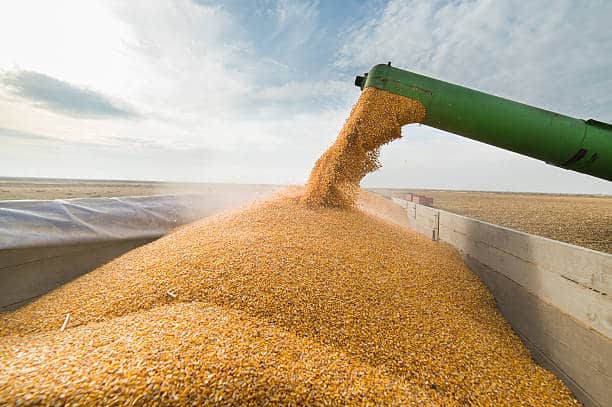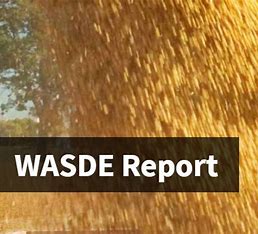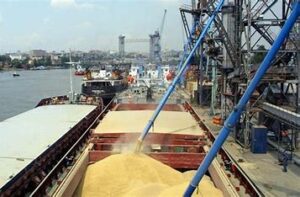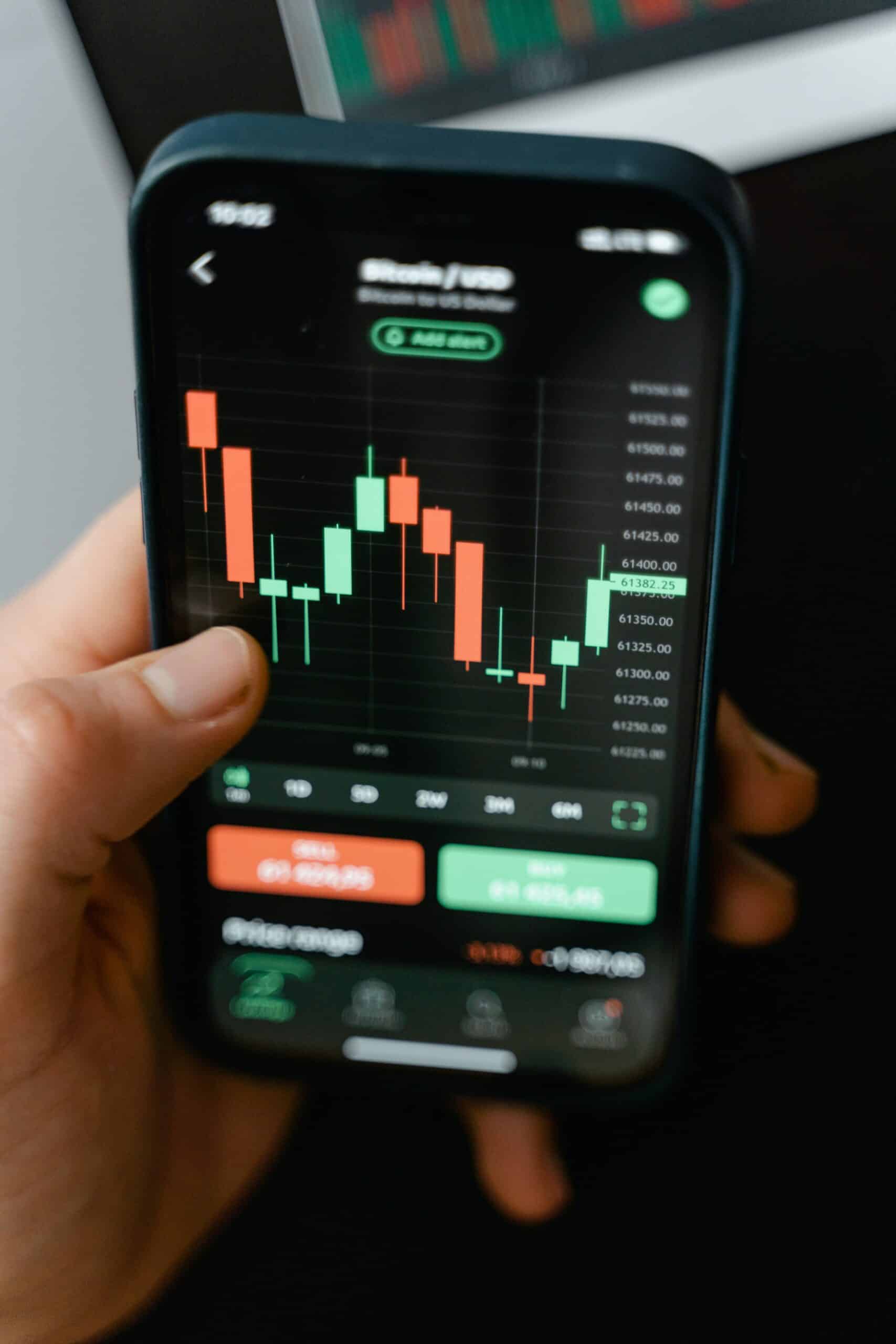Corn futures provide a highly liquid market for trading positions with an average daily trade volume of around 350,000.
Market participants leverage the benefits of trading corn futures. This advantage is especially beneficial for hedgers who are not obligated to provide the full capital amount of the contract to place the hedge. Moreover, the leverage also attracts market speculators with a high tolerance for risk.
On our website, you can access corn futures charts, export sales, and inspection reports, or subscribe to receive them via email. If trading corn futures aligns with your goals, get started opening your account today.
Supply:
The global production of Corn is estimated to be 1.172 BMT. The largest Corn producer is the United States with an estimated production of 354 MMT, followed by China at 274 MMT, Brazil at 126 MMT, the EU at 58.8 MMT, and Argentina at 55 MMT.
In the Northern Hemisphere, growing seasons typically begin in April/May and end with harvest in Sep/Oct/Nov. In Brazil, the first crop is planted from September through December. Additionally, Brazil plants corn after the soybean harvest, with the “Safrinha” crop being planted from December to March and harvested from February through August.
Demand:
The total global demand for corn is estimated at 1,180 MMT. The United States is the world’s largest consumer of Corn with an estimated usage of 304.8 MMT. The second largest consumer is China at 295 MMT, followed by the EU at 77.4 MMT,
Ending Stocks:
World ending stocks for corn are estimated at 304.5 MMT. The largest ending stocks are held in China at an estimated 207 MMT. Second, the largest ending stocks are held in the U.S. at an estimated 30.9 MMT
You’ll get all the information about today’s grain market news, prices, and futures at Paradigm Futures. Subscribe to our newsletter for free market updates, or get even more in-depth news weekly with our premium e-newsletter.
Corn futures
If you want to either buy, sell, or speculate in price futures, it’s good to know that it’s a CFTC-regulated contract on the CBOT. It’s not just one of the most traded softs commodities but one of the top 5 traded commodity futures overall.
The United States is a massive producer of the commodity, which is most commonly used to feed livestock and poultry. However, corn has other uses than those and is included in a lot of food.
It includes the following and more:
- Corn sweeteners that go into drinks
- corn starch
- oil
It’s also used to produce ethanol fuel and adhesives.
How to trade it
Contracts contain 5,000 bushels per contract, and they’re traded on various platforms from 8:00 pm to 2:20 pm US ET.
| Contract Symbol |
Price Quotation |
Contract Unit |
| ZC |
cents per bushel |
5,000 bushels |
| Trading Exchange |
Tick Value |
Trading Hours |
| CME GLOBEX |
1/4 cent = $12.50 |
8:30 – 13:20,
19:00 – 7:45 |
The commodity is not just traded by producers and consumers but also by speculators that want to speculate on the movement in price. It can be used to either hedge or diversify portfolios when trading asset classes where prices correlate with that of corn.
The price of the commodity is affected by many different things, including the following:
- Weather
- Crop output
- Expectations for consumption
- Consumer trends
- Demand for ethanol-based products
- Government subsidies
- Currency fluctuations
Trading corn futures does not come without risk, and it’s important you understand that before you get started. You can take advantage of market opportunities outside of trading hours if you suspect the commodity’s price is moving in a certain direction.
If a producer expects the price of corn to move up in the future, he would be reluctant to set the price now. However, if he expects the price to go down in the future, he would lock in the contract price now to ensure as high of a price as possible.
Leverage can be used to trade the asset, which allows greater returns and losses, speculating on the price of the underlying asset. Using leverage to trade corn futures does not come without risk, and losses can exceed the original investment if stop losses are not used. For that reason, leverage may not be the right instrument for all traders.
With corn being the country’s first domesticated and largest crop, the ability to trade it on a regulated exchange provides opportunities for all parties involved in the trade. As you’re trading, it’s important to keep up with corn futures news to know what is going on and how it might affect the price.
As a contract buyer, you agree to take the delivery from a seller at a determined price and quantity at a determined future delivery date. It could 50 tonnes.
Corn futures are traded on the following exchanges:
- CBOT
- NYSE Euronext
- Tokyo Grain Exchange
To be able to trade the commodity using leverage, you’ll need to maintain a margin. On the CBOT, the margin is $1,350.
The Prospecting Plantings report is produces and released by the United State Department of Agriculture. It outlines the quantity of crops that will be planted by farmers. The Monthly Crop Production report estimates demand and supply in the months that follow.
When you’re ready to get started trading corn futures, Paradigm Futures is ready to help you out.
History
It was not before the mid-1880s that the crop started being traded in Chicago and has been called “other yellow gold.” Its versatile uses have made it a valued commodity around the world. It’s a native grain of the American continent and one which we have a rich history of producing.
Serving both as food, energy, and currency, it’s no wonder it’s widely appreciated.
Facts
- 14 billion bushels is produced in the United States, and many consider it the world’s most important grain crop.
- Tax incentives affect the production and demand for ethanol produced from corn. At the same time, import taxes affect what is brought in.













